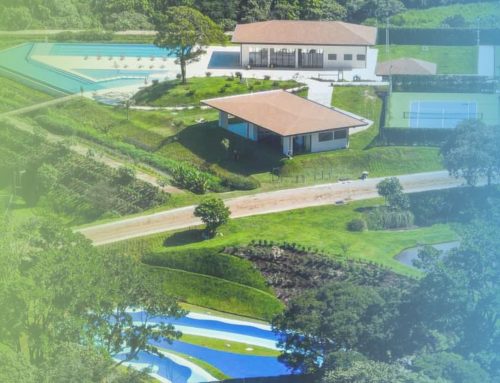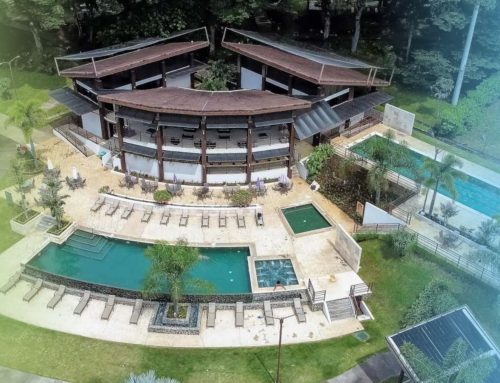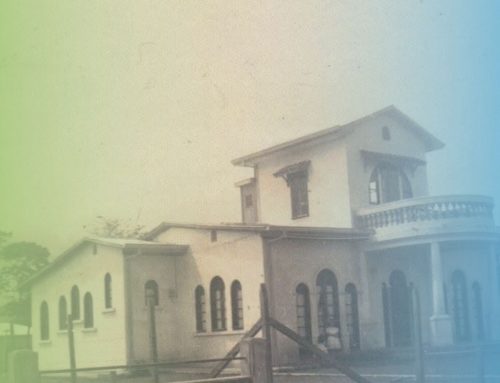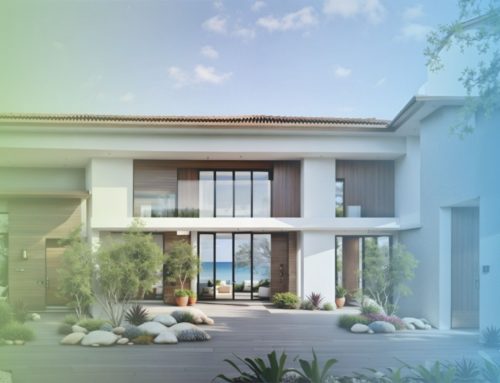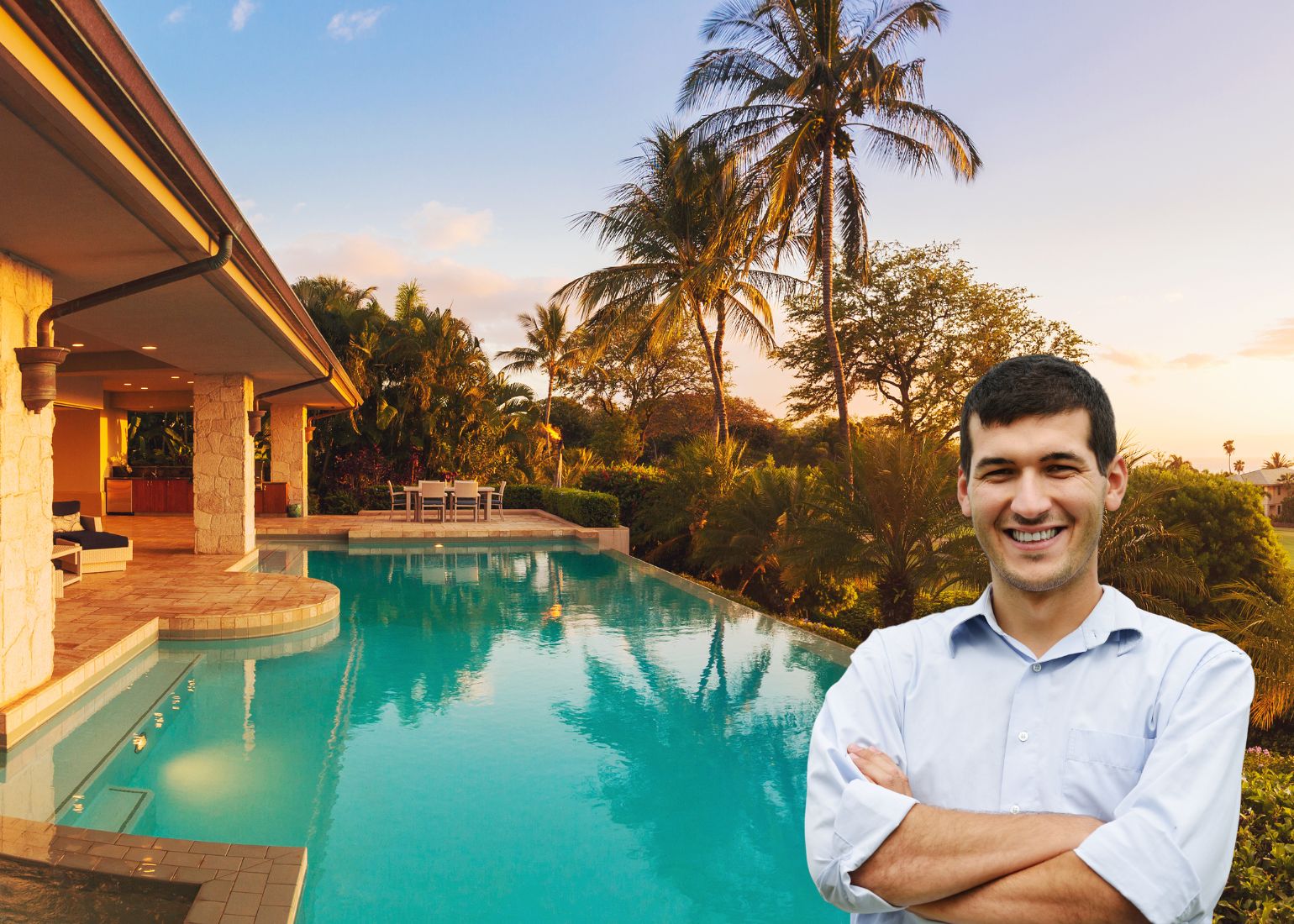The creative process when imagining the construction or remodeling of a space, not only depends on the design and artistic elements. There are several psychological inputs that affect this type of process. If you are interested in knowing how the world of psychology is immersed in architecture, this article is for you!
We can understand this combination, if we think about the basic reality, that some buildings make us feel in particular ways: Quiet, energetic, stressed. All these emotions do not happen just by coincidence. Behind this, there is a set of sensory stimuli that, after being captured and processed by the brain, trigger a physiological reaction, which is summed up in an attraction or repulsion.
Gestalt
This is the basic principle of the subject, Gestalt psychology is one that seeks to explain the way we process patterns and figures. Several of its laws indicates that we tend to group objects according to their similarity in color and shape, proximity to each other and figure-bottom relationship, etc.
In other words, there are certain compositions that, at first glance, turns out to be more attractive to the brain, because they are better suited to “our processing system”, therefore, they will be more pleasant.
This trick has been well known since ancient times, for example, the Greeks used various methods of optical correction, to give the illusion that their temples were 100% symmetrical. The space between the columns was never the same for millimetric modifications, and its buildings were somewhat inclined towards the front, so that from near it could be seen complete, just by looking up.
Color psychology
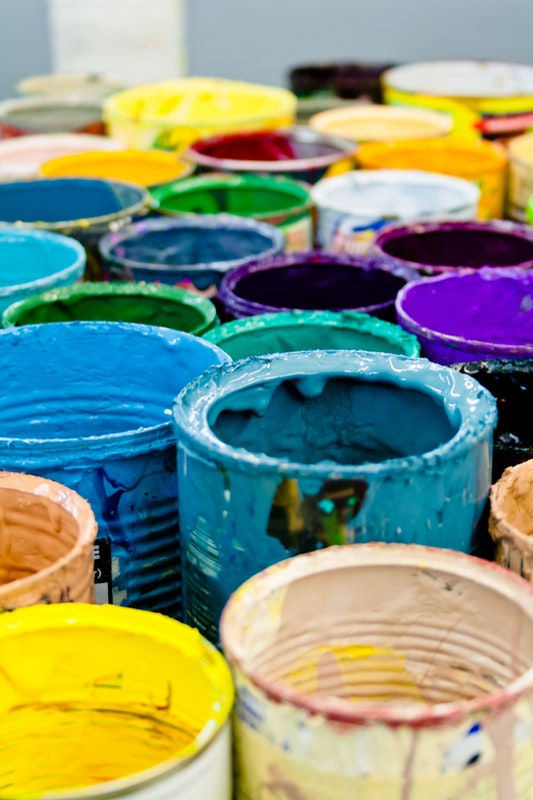
This aspect is one of the most important in any building, not only responds to specific tastes or how harmonious the combination of shades is, colors also have a practical function.
Each color stimulates certain reactions and emotions, some examples are:
- White: Denotes purity, cleanliness and seriousness. This is why it is usual to see this color in clinics and offices.
- Red: Intensity, sensuality and energy. It is even said that this color increases appetite and that is why it is used in many restaurants.
- Green: Freshness and nature.
- Blue: Calm, security and technology.
This is how each color causes a specific emotion and can influence the mood that you want to impregnate a room.
These inputs turns out to be extremely interesting, when considering how to make the most of a specific space. They are small stimuli, which have a greater impact than we could imagine. The mind is a powerful tool and we can learn to control it through these methods.



